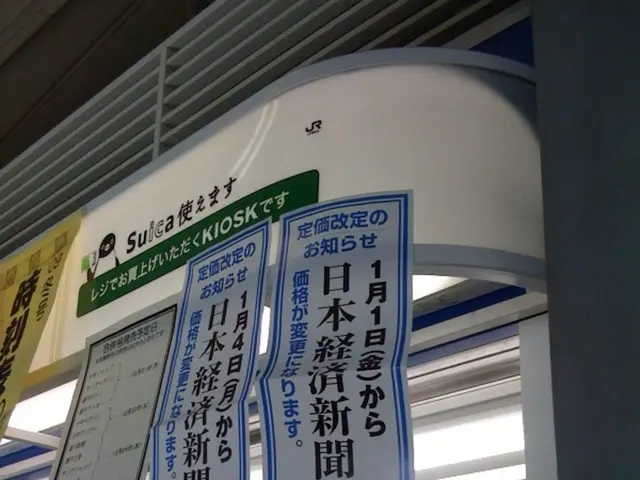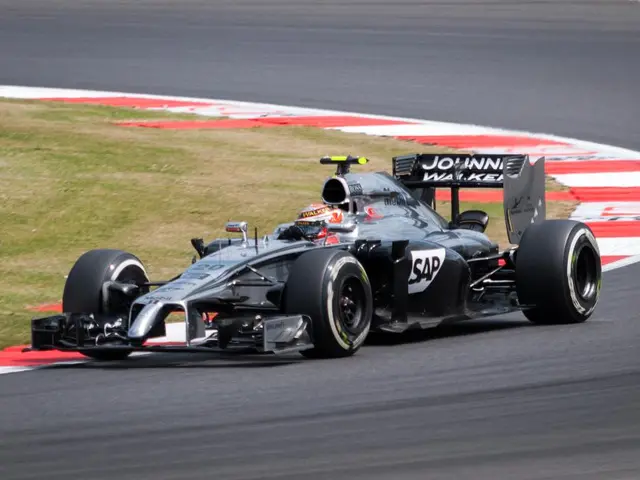Obstacles in Wind Power Investment at Simonsfeld: Billions in Potential Funding Stalled by Administrative Red Tape
Austria's Wind Power Sector Struggles with Bureaucratic Hurdles and Grid Connection Issues
In Ernstbrunn, Weinviertel, one of Austria's leading wind power generators, Windkraft Simonsfeld, is bolstering its operations with a new office complex. Despite a decrease in revenue, the company reported a successful year in 2024. However, the future is fraught with concerns, primarily bureaucratic challenges.
Windkraft Simonsfeld currently operates 96 wind turbines and a solar power plant, generating 756.5 gigawatt-hours of electricity – enough to power approximately 189,000 households. Revenue plummeted to 88.6 million euros compared to 112.3 million euros in 2023. CFO Alexander Hochauer attributes the decrease to the energy crisis's high electricity prices.
The company has plans to invest a billion euros in new power plants by 2030, aiming to double its electricity production and supply power to 500,000 households. Yet, CTO Markus Winter expresses concern about the financial resources required for these ambitious projects, which are being partially absorbed by the state due to the energy crisis contribution.
In 2022, the EU sanctioned the profit absorption of energy companies' revenues exceeding 90 euros per megawatt-hour. Austria implemented this measure, causing concern within the renewable energy sector. Grid connection problems, lengthy approval procedures, and permitting delays further exacerbate the challenges faced by the sector.
A significant portion of Windkraft Simonsfeld's new hires in recent years is working on new projects. However, the average time from planning to implementation is ten years, and in some cases, it can take twenty years. Grid connection issues and approvals for projects can lead to absurd situations, such as projects being approved but delayed due to unavailable grid connections.
The photovoltaic sector faces similar difficulties, with project permitting and grid connection problems. A proposed brownfield site for a PV plant in Ernstbrunn was denied due to visibility concerns, while a project combining a PV plant and wind park was rejected without explanation.
Despite the challenges, Windkraft Simonsfeld remains optimistic regarding the business model of renewable energy. They are advocating for continued dialogue to address the delays and find solutions that benefit the country's climate goals. The predictable energy prices offered by renewables make them an attractive proposition for certain industrial sectors.
- The United States' renewable energy sector, witnessing similar challenges, faces bureaucratic delays and grid connection issues, much like Austria's wind power sector, as demonstrated by Windkraft Simonsfeld's prolonged approval processes and project delays.
- In the broader context of global politics and general-news, the impact of these challenges on theEuropean Union's climate goals and the shift towards renewable energy becomes a significant point of discussion, with governments like Austria striving to address these issues and find sustainable solutions for a greener future.








